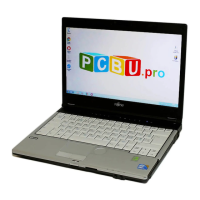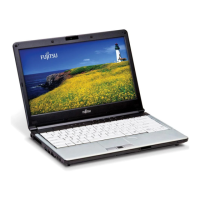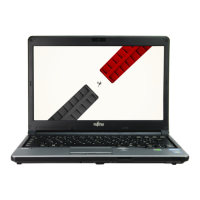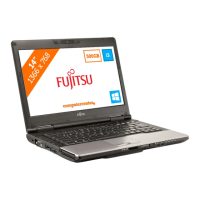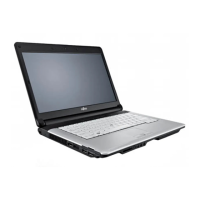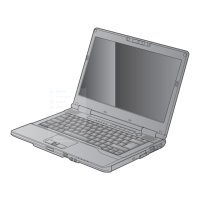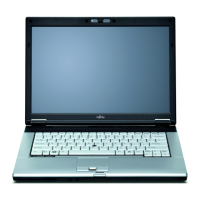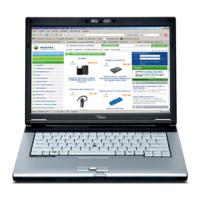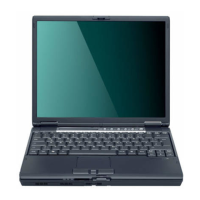179
-
Dépannage de la carte réseau sans fil
Dépannage de la carte réseau sans fil
Dépannage
Le tableau ci-dessous présente les causes possibles et les mesures correctives pour différents problèmes
de réseau sans fil.
Problème Cause possible Solution possible
Connexion
de r
éseau
non
disponible
Nom de réseau
(SSI
D) ou clé
WEP non valide
Connexion en mode Ad hoc : Assurez-vous que le SSID et la clé WEP
de tous les ordinateurs du réseau ont été configurés correctement. Les
noms de réseau et les valeurs de la clé WEP doivent être identiques sur
chaque ordinateur.
Connexion en mode point d’accès (Infrastructure) : a
ttribuez aux
ordinateurs le même SSID et la même clé WEP que ceux du point
d’accès.
Attribuez la même valeur d’authentification réseau que celle du point
d’accès
. Consultez votre administrateur de réseau si cette valeur
est requise.
Signal faible et/ou
mau
vaise qualité
de la liaison
Connexion en mode Ad hoc : Essayez de rétablir la connexion après
avoir rapproché l’ordinateur ou retiré les éventuels obstacles.
Connexion en mode point d’accès (Infrastructure) : Essayez de rétablir
la co
nnexion après avoir rapproché le point d’accès ou retiré les
éventuels obstacles.
La carte réseau
sa
ns fil est
désactivée
Assurez-vous que l’interrupteur de la carte réseau sans fil est sur ON.
Dans Windows XP, allez à Démarrer -> Paramètres -> Connexions
réseau et cliquez avec le bouton droit de la souris sur Connexion réseau
sans fil. Si vous voyez Activer apparaître en haut du menu, cliquez sur
cette touche pour activer le dispositif. Sous Windows Vista, allez dans
Démarrer -> Panneau de configuration, puis double-cliquez sur Centre
de mobilité Windows. Cliquez sur Diagnostic et réparations, puis sur
[Activer l’adaptateur réseau].
